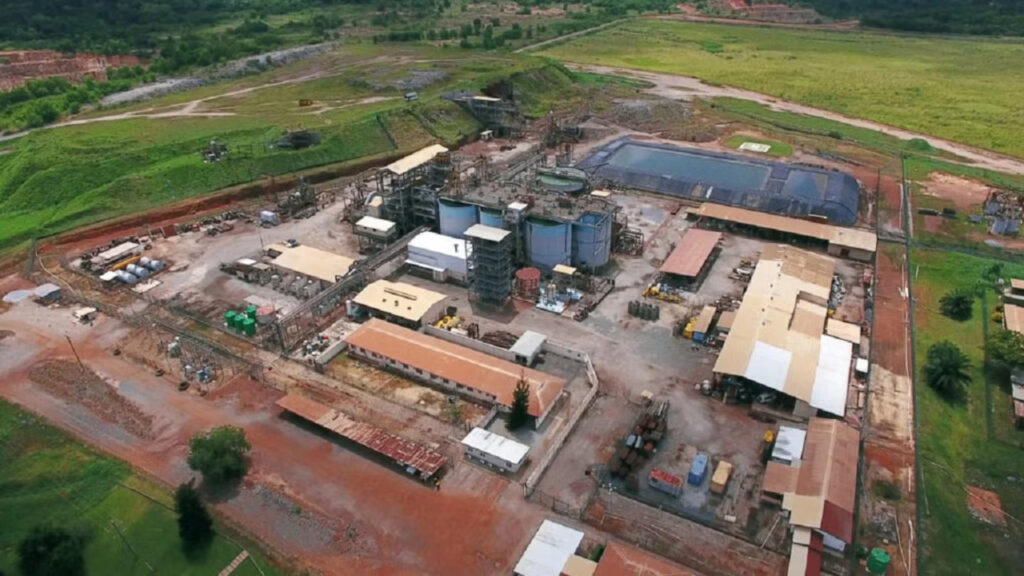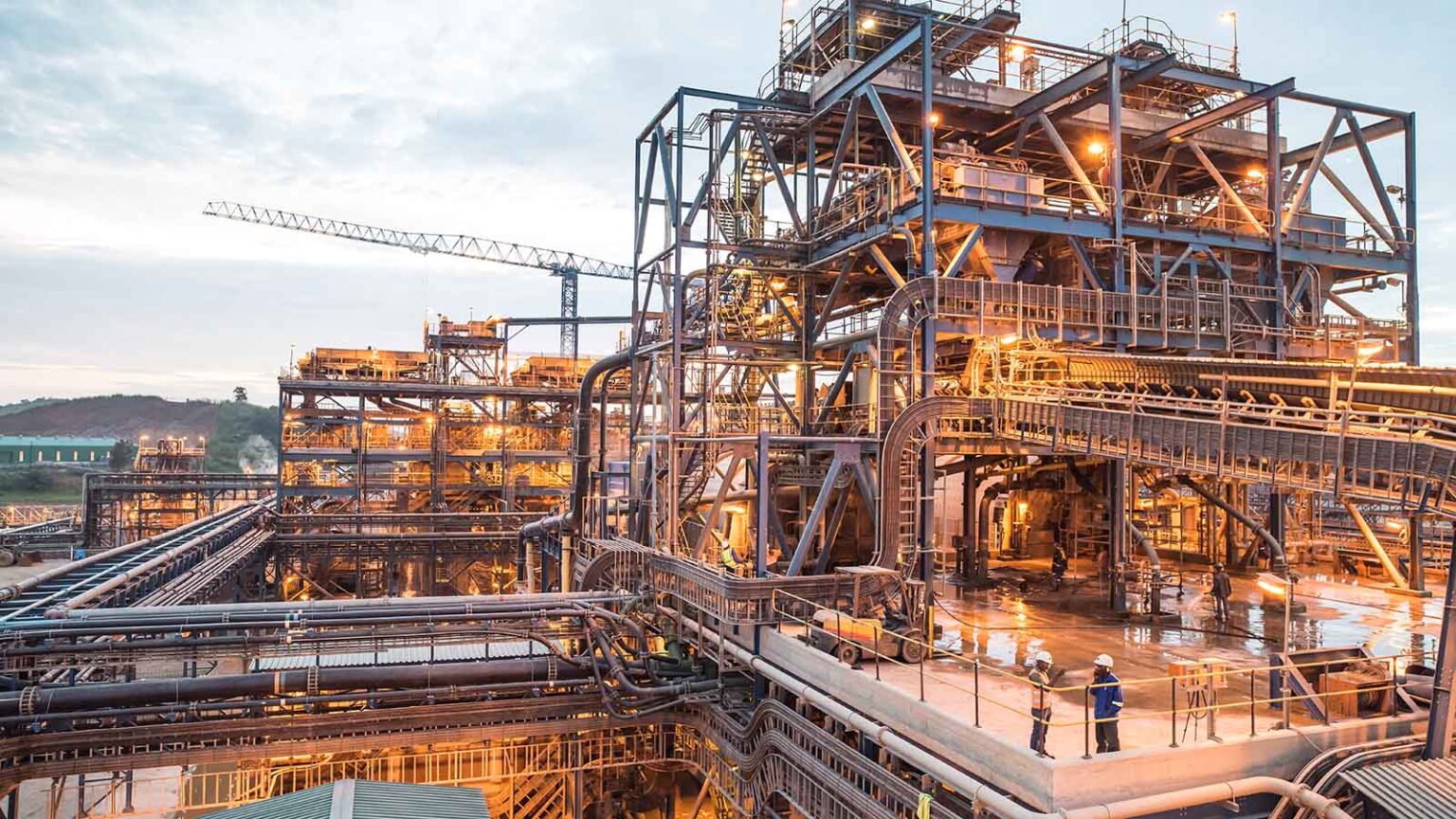At a Glance
- Africa’s top gold mines sustain local economies and global supply amid regulatory shifts.
- Ghana, Mali, and DRC lead output with high-performing mines like Ahafo and Kibali.
- Governments tighten oversight as miners face rising energy costs and environmental demands.
Africa’s gold story is about more than minerals. It’s about people, livelihoods, and the uneasy balance between growth and sustainability.
As gold prices stay strong, the continent’s biggest producers continue to post solid output, even as scrutiny grows over their impact on communities and the environment.
Mines such as Kibali in the Congo, Loulo-Gounkoto in Mali, and Ahafo in Ghana collectively account for a significant share of Africa’s total production.
West and Central Africa remain key to global supply chains. In Ghana and Tanzania, sites such as Obuasi and Geita support thousands of jobs and fund infrastructure projects, including roads, power lines, schools, and clinics. For nearby towns, these mines are economic lifelines.
Governments are tightening oversight of the sector. In Mali, Barrick’s Loulo-Gounkoto complex faces new tax and regulatory reviews. Elsewhere, calls for greater local ownership and higher taxes are testing the balance between attracting investors and ensuring citizens benefit.
A growing concern is illegal and artisanal mining, which often surrounds industrial sites and brings safety and environmental risks. In South Africa, abandoned shafts have become hotspots for unregulated mining, costing lives and revenue.
At the same time, Ghana and other producers are pushing to refine more gold locally to retain value and create skilled jobs. Environmental standards are also rising, with pressure to curb deforestation and mercury pollution.
Despite strong prices, exchange-rate swings, and high energy costs remain threats. Africa’s gold mines are more than industrial assets, they’re central to the continent’s economic heartbeat.
As global demand for gold continues, these mines profiled by Shore Africa will help define how Africa turns its natural resources into lasting, inclusive prosperity.
1. Kibali Mine, Democratic Republic of Congo (DRC) – Africa’s biggest gold mine is the Kibali mine in the Democratic Republic of Congo. Kibali holds the title due to its production volume and the scale of operations, which is a joint venture involving Barrick Gold and AngloGold Ashanti. Kibali produced more than 686,000 ounces of gold in 2024, securing its spot among the continent’s top producers.
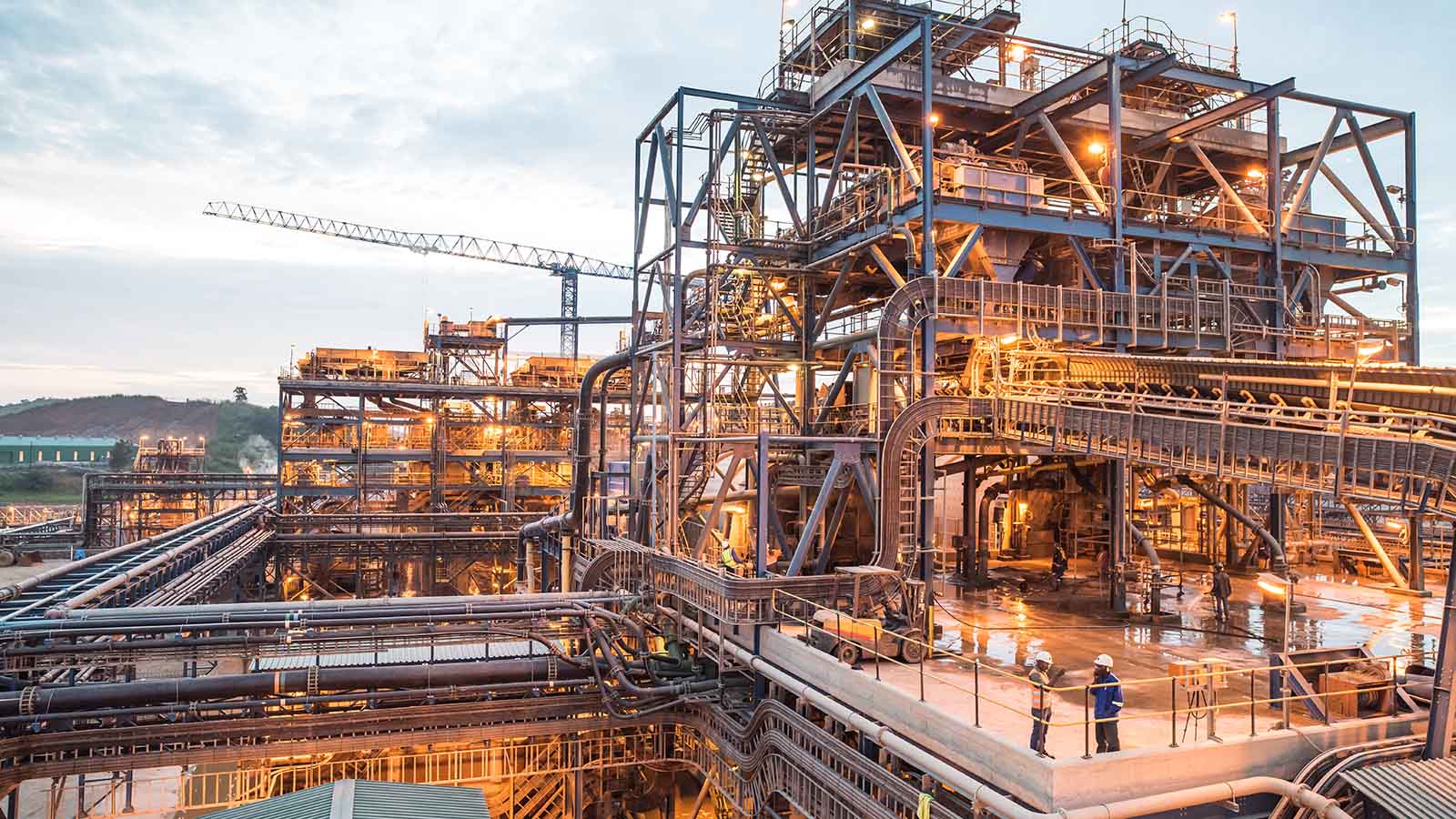
2. Ahafo Mine, Ghana – Owned by Newmont, Ahafo is one of Ghana’s best-performing mining assets, with annual production of about 798,000 ounces.
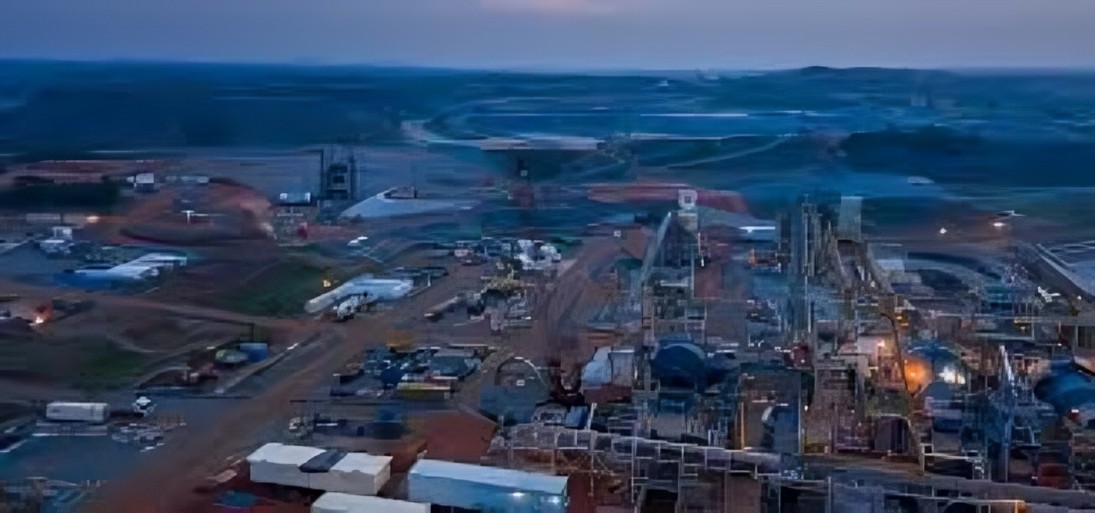
3. Obuasi Mine, Ghana – Operated by AngloGold Ashanti, Obuasi is one of Africa’s oldest and most iconic mines. With vast reserves and decades of production, it remains a cornerstone of Ghana’s mining economy, supported by low costs and modernized infrastructure.
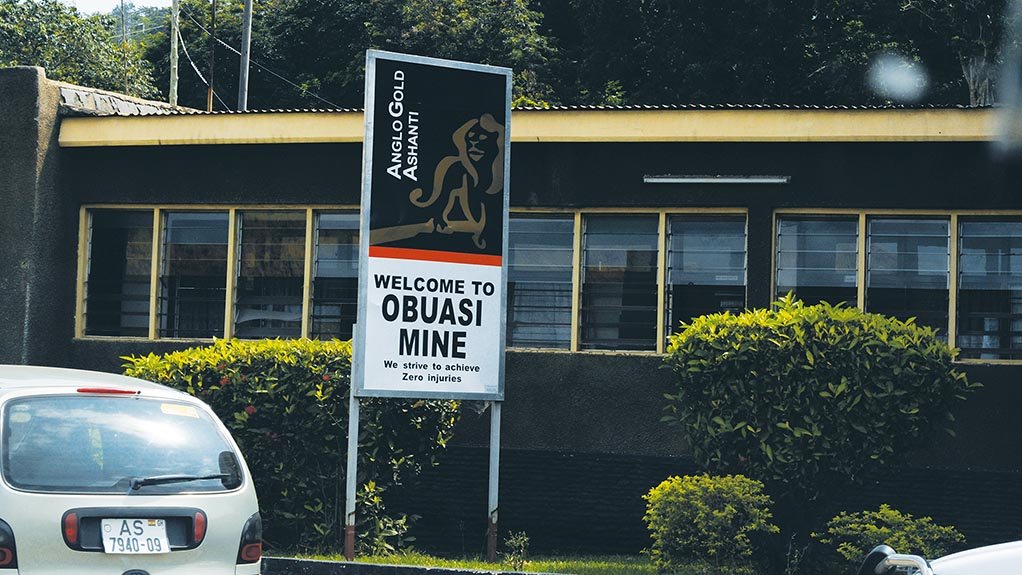
4. Tarkwa Mine, Ghana – Operated by Gold Fields, Tarkwa delivered over 537,000 ounces in 2024, reinforcing Ghana’s role as Africa’s leading gold producer.

5. Loulo-Gounkoto Complex, Mali – Barrick Gold’s Loulo-Gounkoto complex produced roughly 693,000 ounces in 2024, ranking among West Africa’s most productive sites.
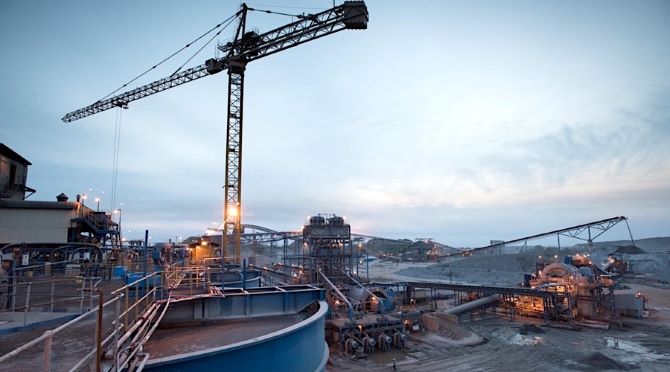
6. Geita Mine, Tanzania – Managed by AngloGold Ashanti, Geita remains one of Tanzania’s largest and longest-operating gold mines, backed by solid reserves and steady investor confidence.
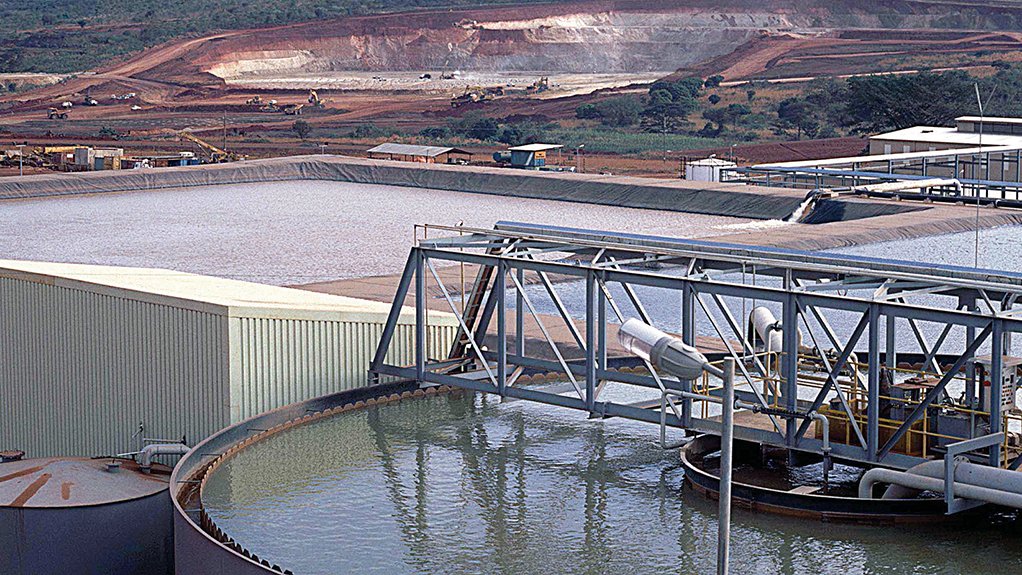
7. Siguiri Mine, Guinea – A vital contributor to Guinea’s economy, Siguiri’s production and reserves make it one of West Africa’s essential gold operations.
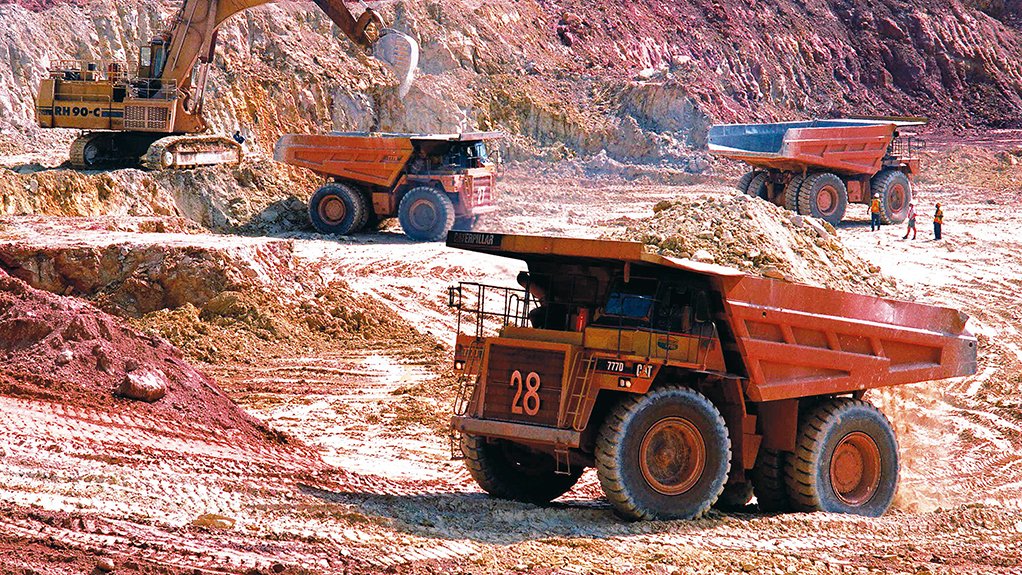
8. Morila Mine, Mali – Though output has slowed in recent years, Morila remains one of Mali’s historic gold assets, shaping the country’s mining landscape since its early days. The Morila Gold Mine is an open-pit gold mine situated 180 km south-east of Bamako, near the community of Sanso, in the Sikasso Region of Mali. Last week, Mali secured its first U.S. mining investment, restarting a historic gold mine after Australia’s exit
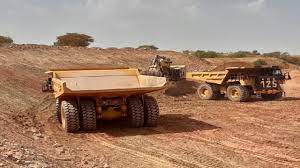
9. Nzema Mine, Ghana – Operated by Adamus Resources, Nzema produces between 100,000 and 120,000 ounces a year. Endeavour Mining sells 90 percent of Nzema mine for $65 million to BCM International in 2017. While smaller in scale, its location and development potential give it notable strategic importance.
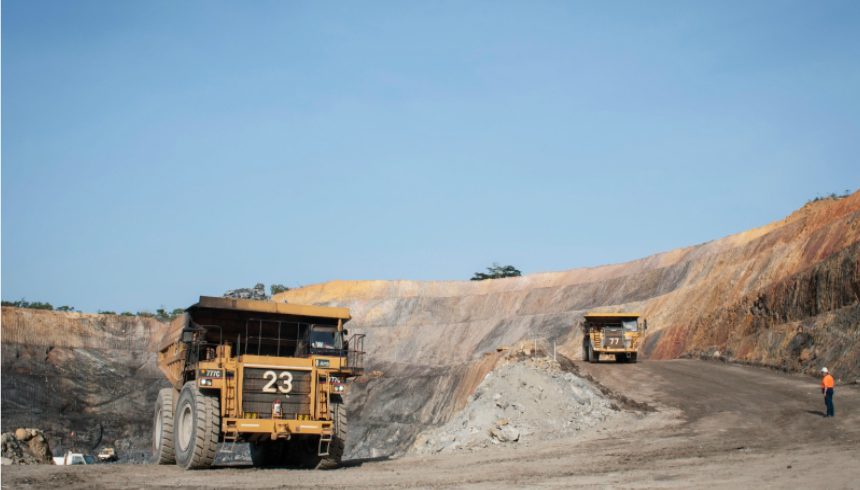
10. Bibiani Mine, Ghana – Revived by Asante Gold Corporation, Bibiani is entering a new growth phase, with plans to ramp up production and extend its legacy as one of Ghana’s key gold mines.
